Home>Garden Essentials>How To Build A Play Area To Provide Optimal Safety For Children
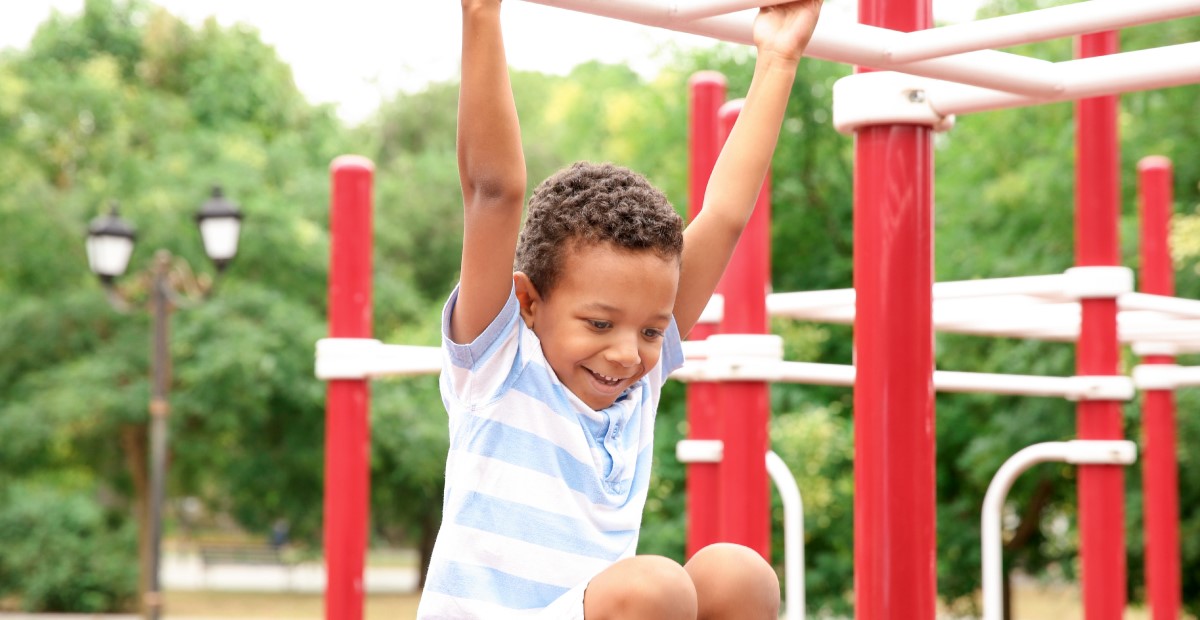

Garden Essentials
How To Build A Play Area To Provide Optimal Safety For Children
Modified: March 24, 2024
Create a safe and fun garden play area for children with our step-by-step guide. Ensure optimal safety while keeping them entertained in your garden space.
(Many of the links in this article redirect to a specific reviewed product. Your purchase of these products through affiliate links helps to generate commission for Storables.com, at no extra cost. Learn more)
Introduction
Welcome to our comprehensive guide on how to build a play area that provides optimal safety for children. As parents and caregivers, creating a safe and enjoyable space for children to play is of utmost importance. A well-designed play area not only encourages physical activity and social interaction but also ensures that kids can have fun without compromising their safety.
In this article, we will walk you through the key steps involved in creating a safe play area for children. From selecting the right location and play equipment to implementing proper safety measures, we will cover everything you need to know to ensure a secure and enjoyable play environment.
So let’s dive in and discover how you can build a play area that offers maximum safety and peace of mind for both children and adults.
Key Takeaways:
- Choosing the right location, age-appropriate play equipment, and proper installation are crucial for building a safe play area for children. Involving kids in the decision-making process promotes ownership and ensures their needs are met.
- Regular maintenance, promoting safety rules, and providing proper supervision are essential for creating a secure play environment. Open communication with parents and caregivers helps maintain a positive and safe play experience for all children.
Step 1: Choosing the Right Location
The first step in creating a safe play area for children is to carefully choose the right location. Here are some factors to consider:
- Accessibility: The play area should be easily accessible for children and adults. It should be located in a convenient spot, preferably close to the main entrance of your home or within easy reach of a path or driveway.
- Visibility: Opt for a location that allows you to keep an eye on children while they play. This could be a spot with a clear line of sight from a window, patio, or other frequently used areas.
- Proximity to hazards: Ensure that the play area is far away from potential hazards such as busy roads, bodies of water, or steep slopes.
- Sun exposure: Consider the position of the sun throughout the day. It’s ideal to have a mix of shaded and sunny areas in the play space to provide options for children depending on the weather.
Additionally, consider the size of the space available. The play area should have enough room for children to move around comfortably and play different activities without feeling cramped.
Remember to involve children in the decision-making process. Ask for their input and preferences regarding the location of the play area. This not only promotes a sense of ownership but also ensures that the space is designed with their needs and desires in mind.
Once you have chosen the perfect location, it’s time to move on to the next step: selecting the appropriate play equipment.
Step 2: Selecting the Appropriate Play Equipment
Now that you have chosen the right location for your play area, it’s important to select suitable play equipment that is age-appropriate, safe, and engaging for children. Here are some considerations to keep in mind:
- Age group: Determine the age group of the children who will be using the play area. This will help you choose equipment that is specifically designed for their developmental stage. Equipment for toddlers will differ from equipment for older children.
- Safety standards: Ensure that the play equipment meets the necessary safety standards. Look for certifications such as ASTM (American Society for Testing and Materials) or CSA (Canadian Standards Association) to ensure that the equipment is built to withstand rigorous use and minimize potential hazards.
- Durability: Invest in durable play equipment that can withstand various weather conditions and will last for years to come. Look for materials such as heavy-duty plastic, metal, or pressure-treated wood that are resistant to rot and fading.
- Variety of play: Choose a mix of equipment that encourages different types of play, such as climbing, sliding, swinging, and balancing. This will provide children with a wide range of physical activities and help enhance their motor skills and coordination.
- Cognitive and imaginative play: Consider including equipment that stimulates imaginative play, such as playhouses, sandboxes, or musical instruments. This will foster creativity and cognitive development in children.
Take into account the available space when selecting play equipment. Ensure that there is enough room for children to move around comfortably and safely. Avoid overcrowding the play area with too many pieces of equipment, as it can increase the risk of accidents.
Before finalizing your choices, involve children in the decision-making process. Give them the opportunity to provide input on the equipment they would enjoy the most. This will not only make them feel involved but also increase their excitement and engagement in the play area.
Once you have chosen the appropriate play equipment, it’s time to move on to step 3: proper installation.
Step 3: Proper Installation of Play Equipment
Once you have selected the suitable play equipment for your play area, it’s crucial to ensure proper installation. Follow these guidelines to ensure the equipment is safe and secure:
- Read the manufacturer’s instructions: Carefully read and familiarize yourself with the manufacturer’s installation instructions for each piece of play equipment. Follow the provided guidelines to ensure correct assembly and installation.
- Prepare the site: Clear the area of any debris, rocks, or obstacles that may interfere with the installation process. Level the ground to create a stable and even surface for the equipment. Use appropriate tools and equipment as specified in the instructions.
- Securely anchor the equipment: Use anchors and fasteners provided by the manufacturer to securely anchor the equipment to the ground. This will prevent the equipment from tipping over during play and ensure stability and safety.
- Inspect for damage: Before installation, thoroughly inspect all components of the play equipment for any signs of damage or wear. Replace any damaged or worn parts to maintain the integrity and safety of the equipment.
- Follow safety guidelines: Install safety features such as handrails, guardrails, and safety barriers as recommended by the manufacturer. Ensure that there are no sharp edges or protruding parts that may pose a risk to children’s safety.
- Supervision during installation: If the installation process is complex or requires technical expertise, consider hiring professionals or seeking assistance from experienced individuals to ensure proper installation.
Remember, improper installation can lead to accidents and injuries. Take the time to carefully install the play equipment following the provided guidelines. If you are unsure or have any concerns, consult with professionals or contact the manufacturer for clarification.
Once the play equipment is properly installed, it’s essential to focus on providing a safe playing surface. This brings us to the next step: ensuring a safe playing surface.
Step 4: Ensuring a Safe Playing Surface
Creating a safe play area goes beyond selecting the right equipment and installing it properly. It’s equally important to ensure a safe playing surface to minimize the risk of injuries. Consider the following steps:
- Select appropriate materials: Choose a playing surface material that is impact-absorbent and provides cushioning. Some popular options include rubber mulch, engineered wood fiber, or synthetic turf. Avoid hard surfaces like concrete or asphalt, as they increase the risk of injuries from falls.
- Regular inspection: Regularly inspect the playing surface for any signs of wear, damage, or unevenness. Address any issues promptly to maintain the safety and integrity of the surface. Replace worn-out or damaged material as needed.
- Proper depth: If using loose-fill materials like rubber mulch or wood chips, ensure an adequate depth of the material to provide effective cushioning. Consult the manufacturer or relevant safety guidelines to determine the appropriate depth for the specific material used.
- Remove hazards: Regularly remove any debris, rocks, or sharp objects from the playing surface. Inspect the area for any tripping hazards and address them immediately to minimize the risk of accidents.
- Drainage: Ensure proper drainage to prevent water accumulation on the playing surface. Excess water can make the surface slippery and increase the risk of slips and falls. Consider incorporating drainage systems or selecting materials that allow for efficient water runoff.
- Safety surfacing around equipment: Install additional safety surfacing, such as rubber mats or tiles, directly under and around high-risk play equipment like swings or slides. This provides an extra layer of cushioning in areas where children are most likely to fall.
Regular maintenance and upkeep of the playing surface is essential to ensure its durability and effectiveness in providing a safe environment for children to play. Additionally, encourage children to follow safety rules and guidelines while using the play area to further minimize the risk of injuries.
Next, we’ll discuss step 5, which involves implementing proper fencing and barriers to enhance safety within the play area.
When building a play area for children, make sure to use soft, impact-absorbing materials like wood chips or rubber mulch under play equipment to cushion falls and reduce the risk of injury.
Step 5: Implementing Proper Fencing and Barriers
Creating a safe play area for children involves implementing proper fencing and barriers to provide a secure environment. Consider the following steps:
- Choose sturdy materials: Select fencing materials that are durable and capable of withstanding outdoor elements. Options such as wood, vinyl, or metal are commonly used for play area fencing. Avoid materials that may deteriorate quickly or pose safety hazards.
- Appropriate height: Ensure that the fencing is of an appropriate height to prevent children from easily climbing over or accessing restricted areas. Generally, a height of at least 4 feet is recommended, but this may vary depending on the age group of the children using the play area.
- Gates and latches: Install self-closing gates with childproof latches to prevent unauthorized access and ensure that children cannot open the gate on their own. Regularly check the functionality of gates and latches to maintain their effectiveness.
- Consider visibility: Opt for fencing materials that allow visibility both from inside and outside of the play area. This allows caregivers and parents to monitor children easily while maintaining a safe boundary.
- Barriers for specific hazards: Identify specific hazards within the play area, such as pools, ponds, or steep slopes, and install additional barriers or fencing to separate them from the play area. This ensures that children cannot accidentally access these areas unsupervised.
- Regular inspection and maintenance: Routinely inspect the fencing and barriers for any signs of damage, wear, or potential safety issues. Repair or replace any damaged or weakened sections promptly to maintain the security and integrity of the play area.
Properly installed fencing and barriers provide a physical boundary, keeping children safe within the designated play area. They also help prevent stray animals or unauthorized individuals from entering the play space, further enhancing the overall security.
Next, let’s move on to step 6: regular maintenance and inspections to ensure the ongoing safety of the play area.
Step 6: Regular Maintenance and Inspections
Maintaining and inspecting your play area on a regular basis is crucial to ensure the ongoing safety and longevity of the space. Follow these steps to maintain a safe environment:
- Establish a maintenance schedule: Create a routine maintenance schedule to address any necessary repairs, cleaning, or upkeep tasks. This may include inspecting and tightening bolts, checking for any signs of wear, cleaning surfaces, and removing debris.
- Check for wear and tear: Regularly inspect all play equipment, fences, barriers, and safety surfaces for any signs of wear, damage, or deterioration. Pay attention to areas that are prone to heavy use or exposure to the elements. Promptly repair or replace any worn-out or damaged components.
- Keep records: Maintain a record of maintenance activities, repairs, and inspections. This helps track the history of the play area and ensures that all necessary maintenance tasks are completed regularly.
- Inspect hardware and connections: Check the hardware, such as bolts and screws, that secure play equipment to ensure they are tight and in good condition. Inspect connections and joints for any signs of weakness or potential hazard. Replace any faulty or worn-out hardware as needed.
- Address environmental factors: Take into account the impact of weather and seasonal changes on the play area. Adjust maintenance tasks accordingly. For example, during the winter months, remove snow and ice from play surfaces to prevent slips and falls.
- Be proactive with repairs: Encourage feedback from children, parents, and caregivers regarding any concerns or issues they notice in the play area. Address these concerns promptly to ensure the ongoing safety and enjoyment of the space.
Regular maintenance and inspections are essential to catch potential hazards early on and prevent accidents. By staying proactive and addressing maintenance tasks promptly, you can maintain a safe play area for children to enjoy for years to come.
Lastly, let’s move on to step 7: promoting safety rules and supervision to further enhance the overall safety of the play area.
Step 7: Promoting Safety Rules and Supervision
While creating a safe physical environment is crucial, it’s equally important to promote safety rules and establish proper supervision within the play area. Follow these steps to enhance overall safety:
- Create and communicate safety rules: Establish a set of age-appropriate safety rules that children and caregivers should follow while using the play area. Clearly display these rules in a visible location within the space. Communicate and reinforce the rules regularly to ensure everyone is aware of proper behavior and precautions.
- Encourage adult supervision: Emphasize the importance of adult supervision in the play area, especially for younger children. Ensure that there is always a responsible adult present to actively observe and engage with the children as they play.
- Monitor age-appropriate play areas: If your play area caters to children of different age groups, consider separating various play zones to ensure that children are appropriately supervised and engage in activities suitable for their age and abilities.
- Educate on potential hazards: Teach children about potential hazards in the play area, such as climbing too high, using equipment inappropriately, or not following safety rules. Encourage open communication and the importance of reporting any concerns or accidents to a caregiver or responsible adult.
- Promote respectful behavior: Teach children the importance of respecting others while playing. Encourage sharing, taking turns, and resolving conflicts peacefully. This helps create a positive and safe social environment for all children in the play area.
- Regularly communicate with parents: Keep open lines of communication with parents or caregivers who bring children to the play area. Share any safety updates, maintenance schedules, or reminders about safety rules. This ensures that everyone is on the same page and actively involved in maintaining a safe environment.
Promoting safety rules and providing proper supervision within the play area not only reduces the risk of accidents but also fosters a culture of safety and responsibility. By creating a safe play environment and educating children on proper behavior, you can promote a positive and secure play experience for all.
As we conclude this guide, remember that creating and maintaining a safe play area requires ongoing effort and attention. Stay vigilant, regularly inspect the space, address any issues promptly, and promote a culture of safety. By doing so, you can provide children with a secure and enjoyable play area that encourages their growth, development, and happiness.
Conclusion
Building a play area that provides optimal safety for children is a top priority for parents and caregivers. By following the steps outlined in this guide, you can create a secure and enjoyable play environment that promotes physical activity, social interaction, and imagination.
Choosing the right location is the first crucial step. Consider factors such as accessibility, visibility, and proximity to hazards. Selecting appropriate play equipment is equally important. Take into account the age group, safety standards, durability, and variety of play options.
Proper installation of play equipment ensures stability and safety. Follow the manufacturer’s instructions and regularly inspect for any wear or damage. Ensuring a safe playing surface involves selecting suitable materials, maintaining proper depth, and removing hazards.
Implementing proper fencing and barriers establishes a secure boundary and prevents unauthorized access. Choose sturdy materials, install appropriate gates and latches, and regularly inspect for any issues. Regular maintenance and inspections are essential to catch and address any wear, tear, or potential hazards.
Promoting safety rules and supervision enhances overall safety. Develop age-appropriate safety rules, encourage adult supervision, and educate children about potential hazards. Promote respectful behavior and foster open communication.
In conclusion, building a safe play area requires careful planning, attention to detail, and ongoing maintenance. By creating a secure environment and promoting safety, you can provide children with a space that nurtures their growth, development, and happiness.
Remember, a safe play area not only gives children the freedom to explore and have fun but also provides parents and caregivers with peace of mind. So, take the necessary steps to build a play area that prioritizes safety and watch as children thrive in a space designed just for them.
Frequently Asked Questions about How To Build A Play Area To Provide Optimal Safety For Children
Was this page helpful?
At Storables.com, we guarantee accurate and reliable information. Our content, validated by Expert Board Contributors, is crafted following stringent Editorial Policies. We're committed to providing you with well-researched, expert-backed insights for all your informational needs.
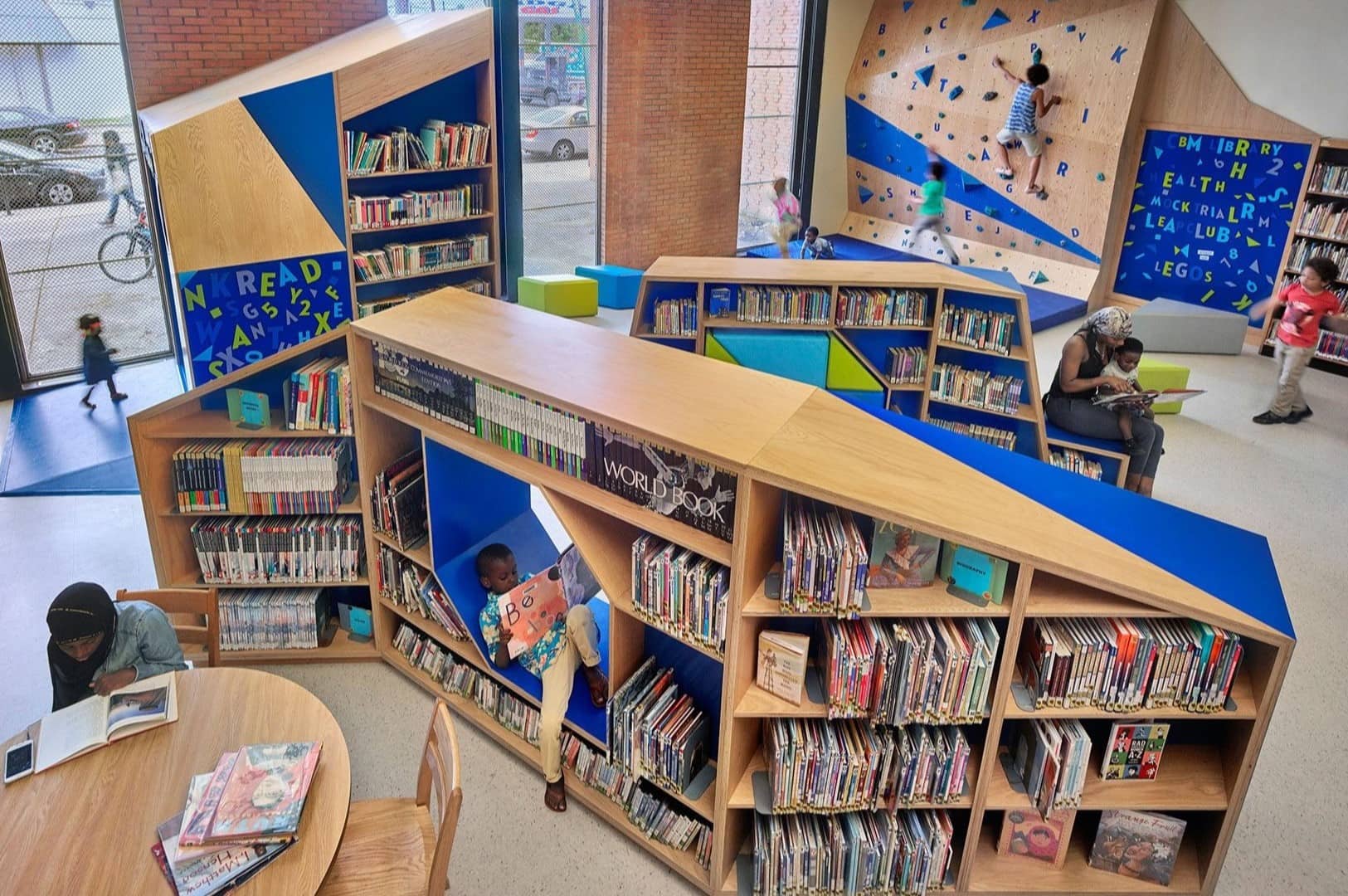
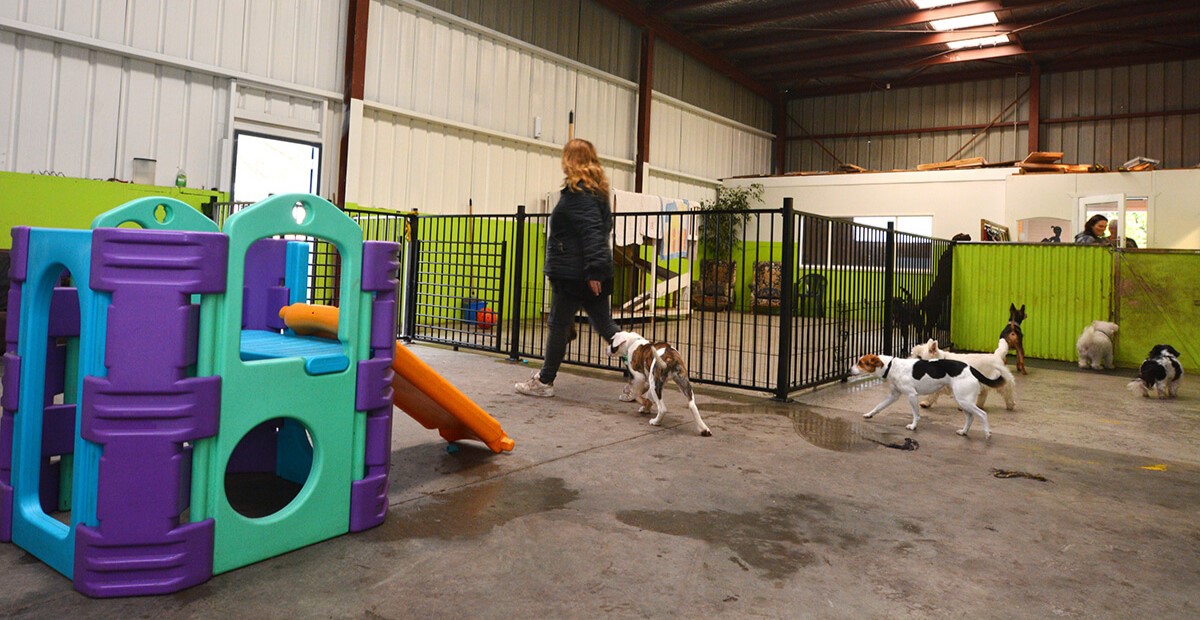
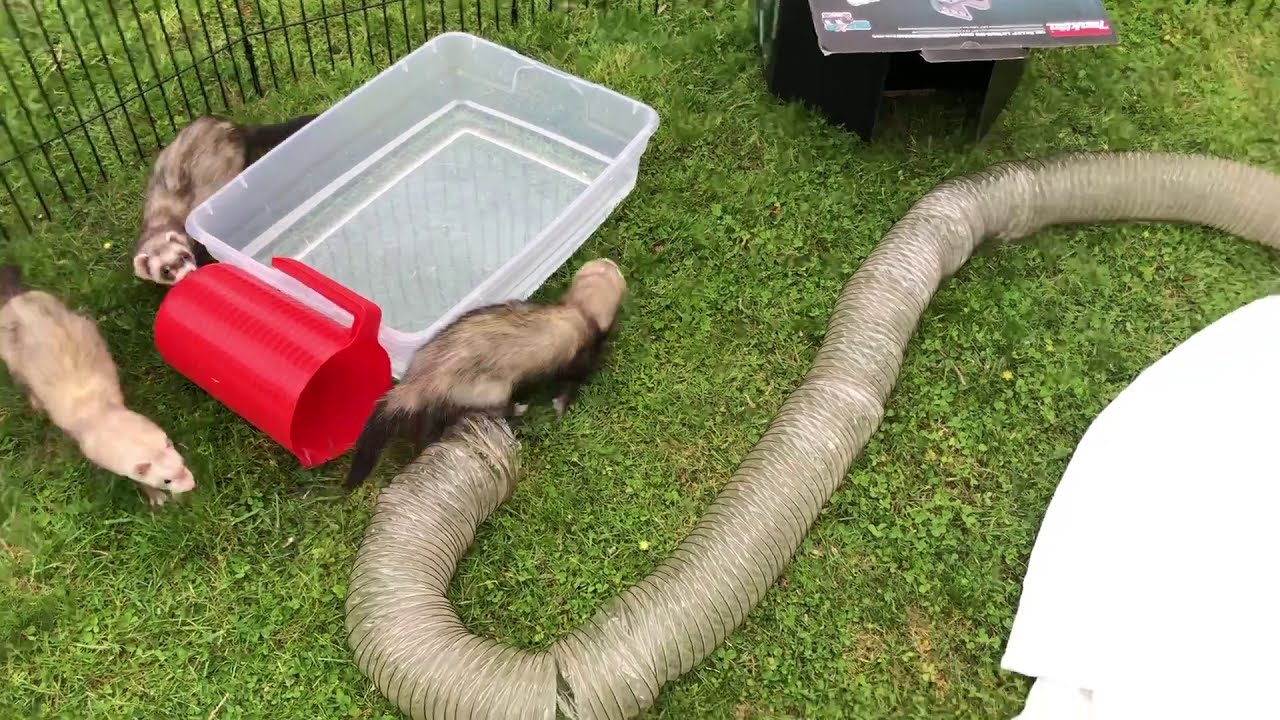

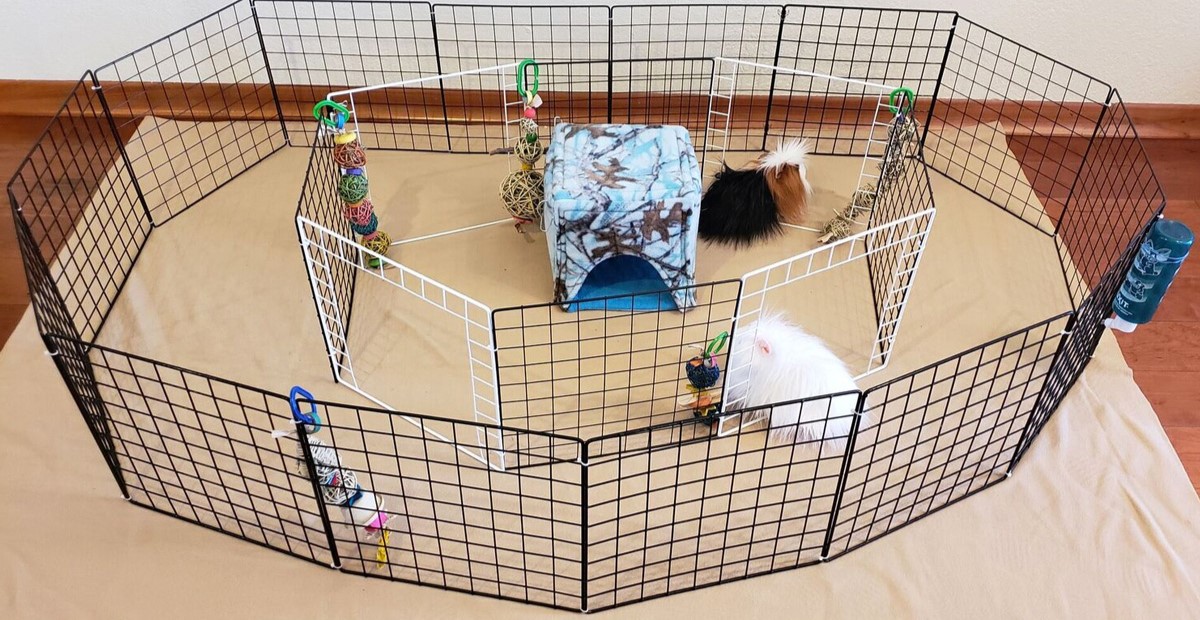
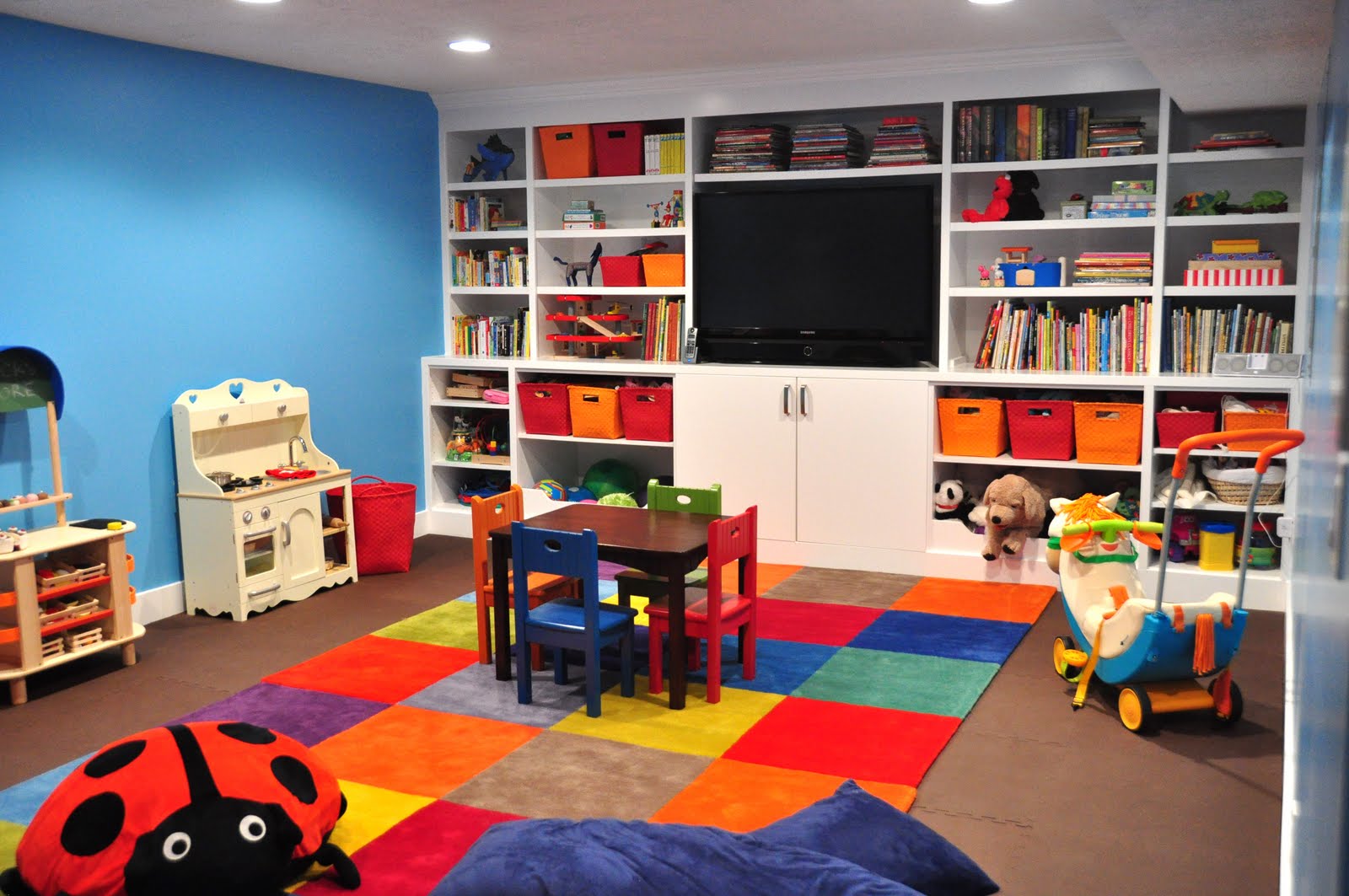
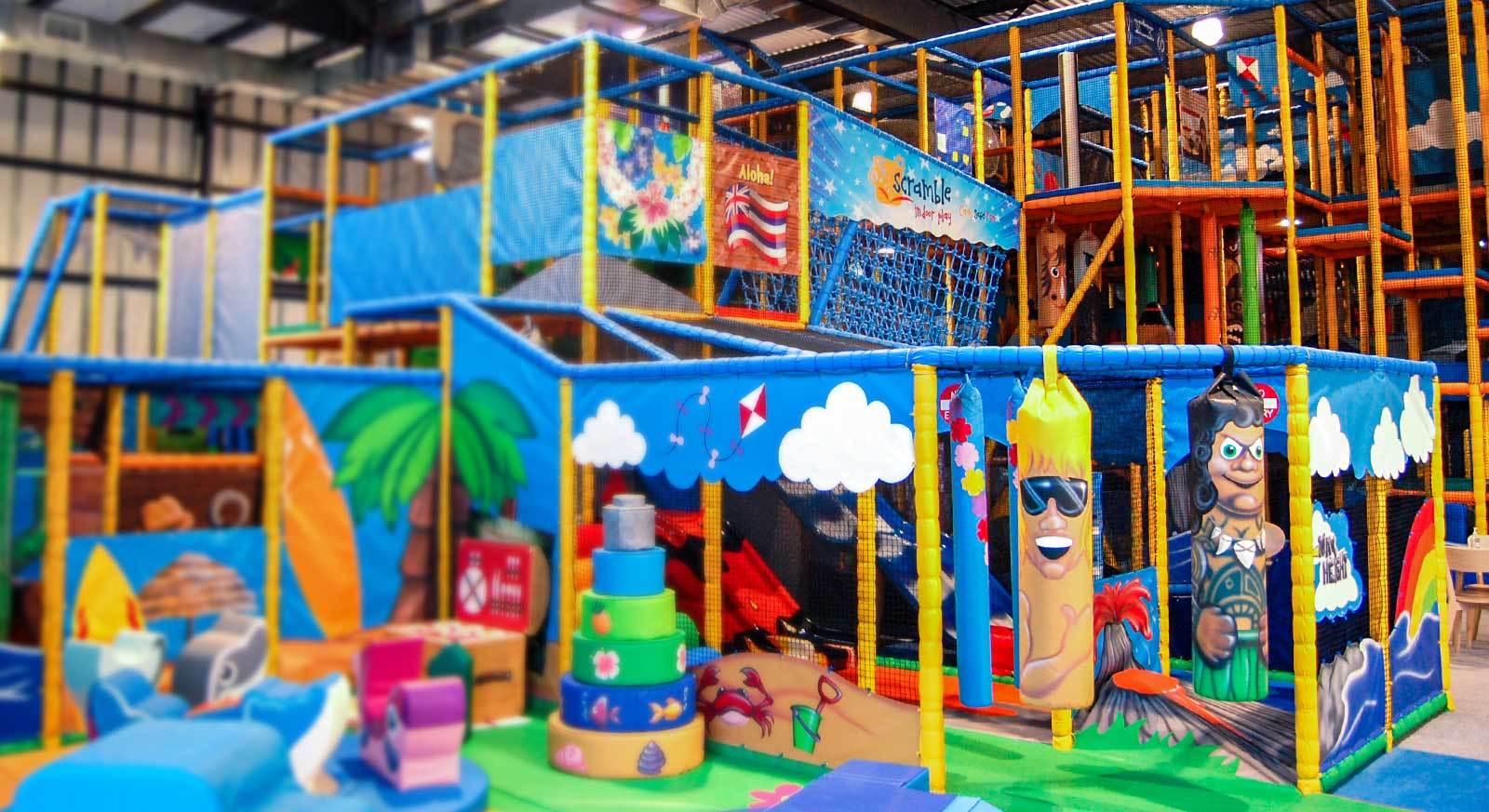
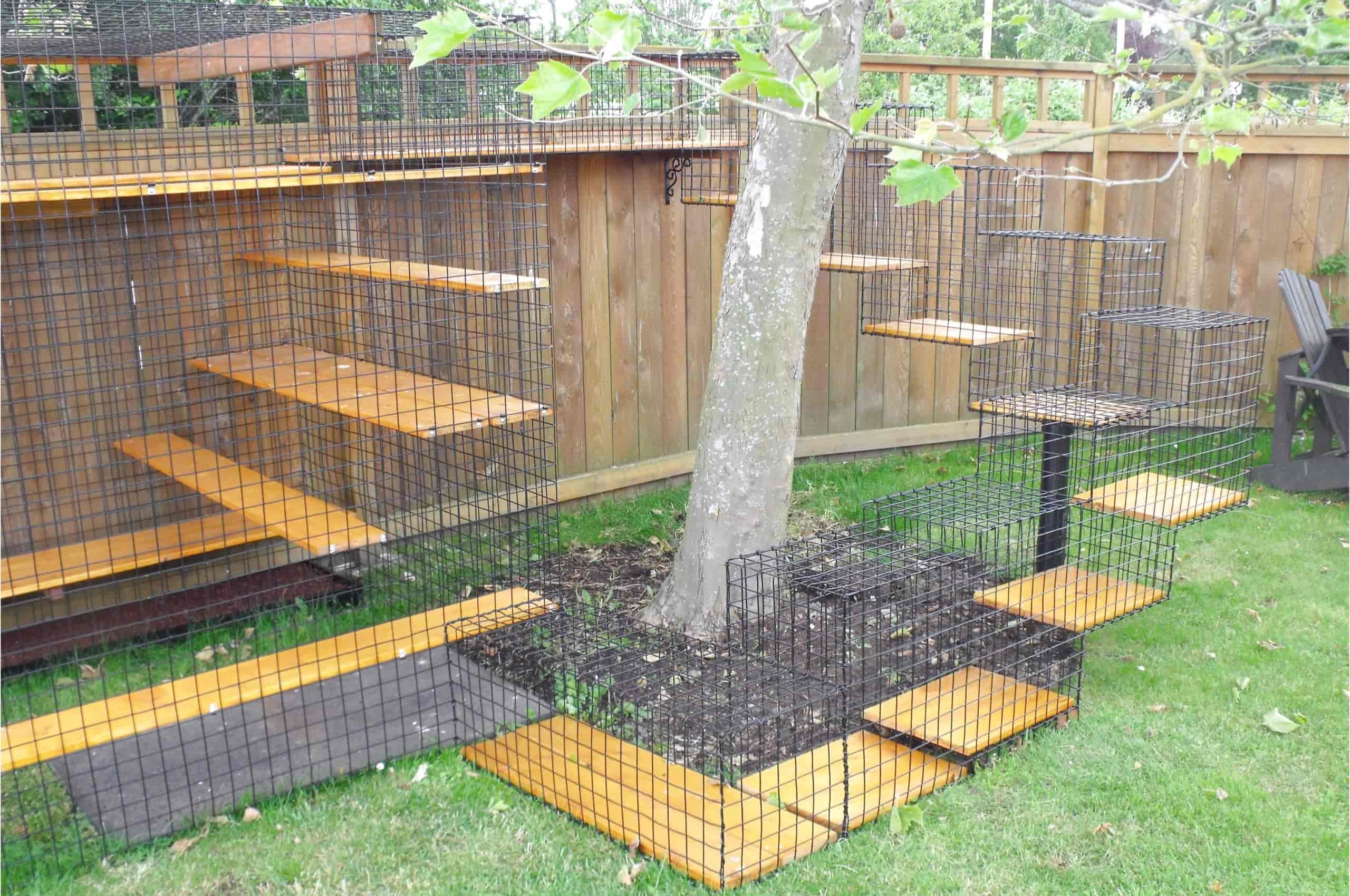
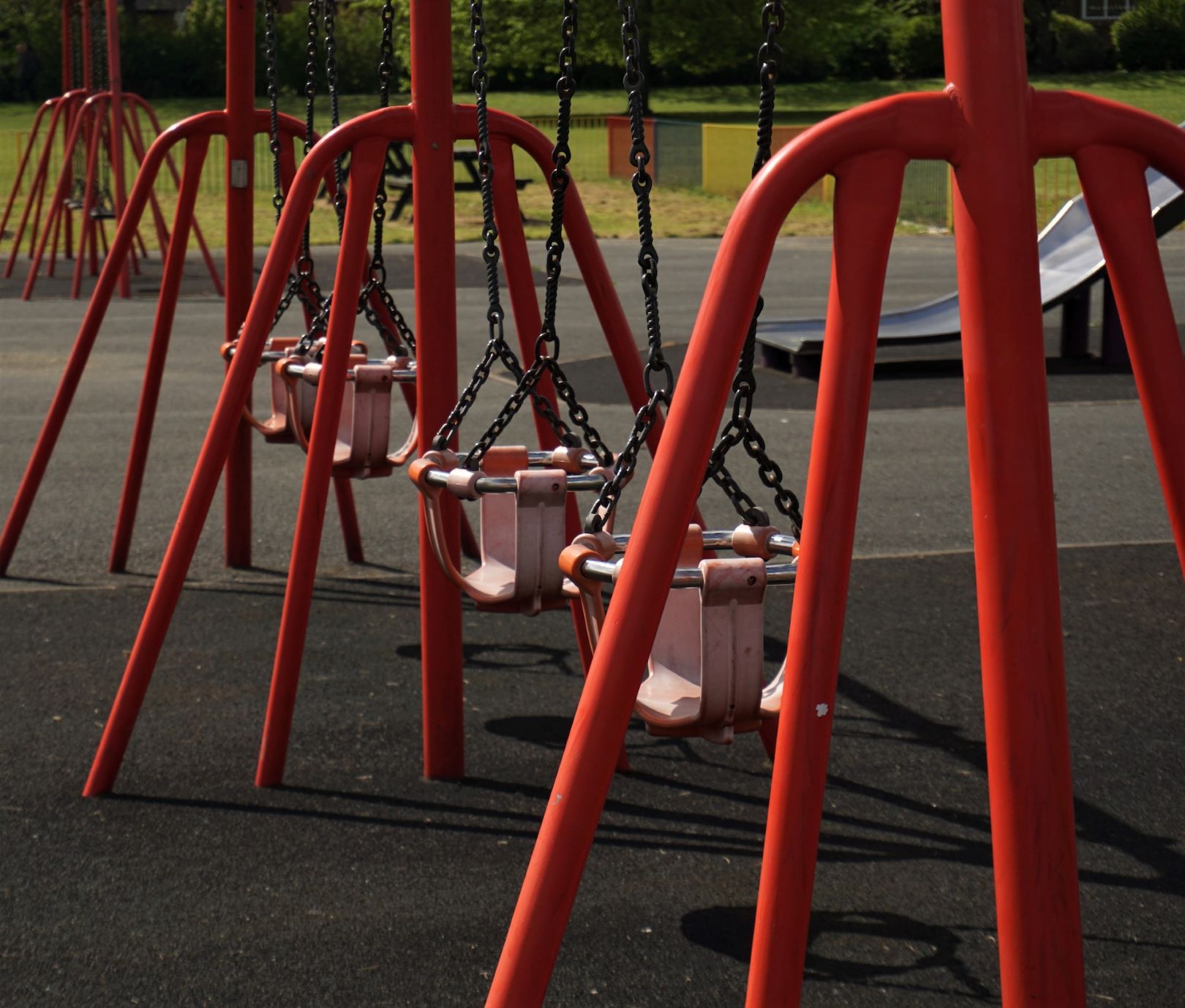
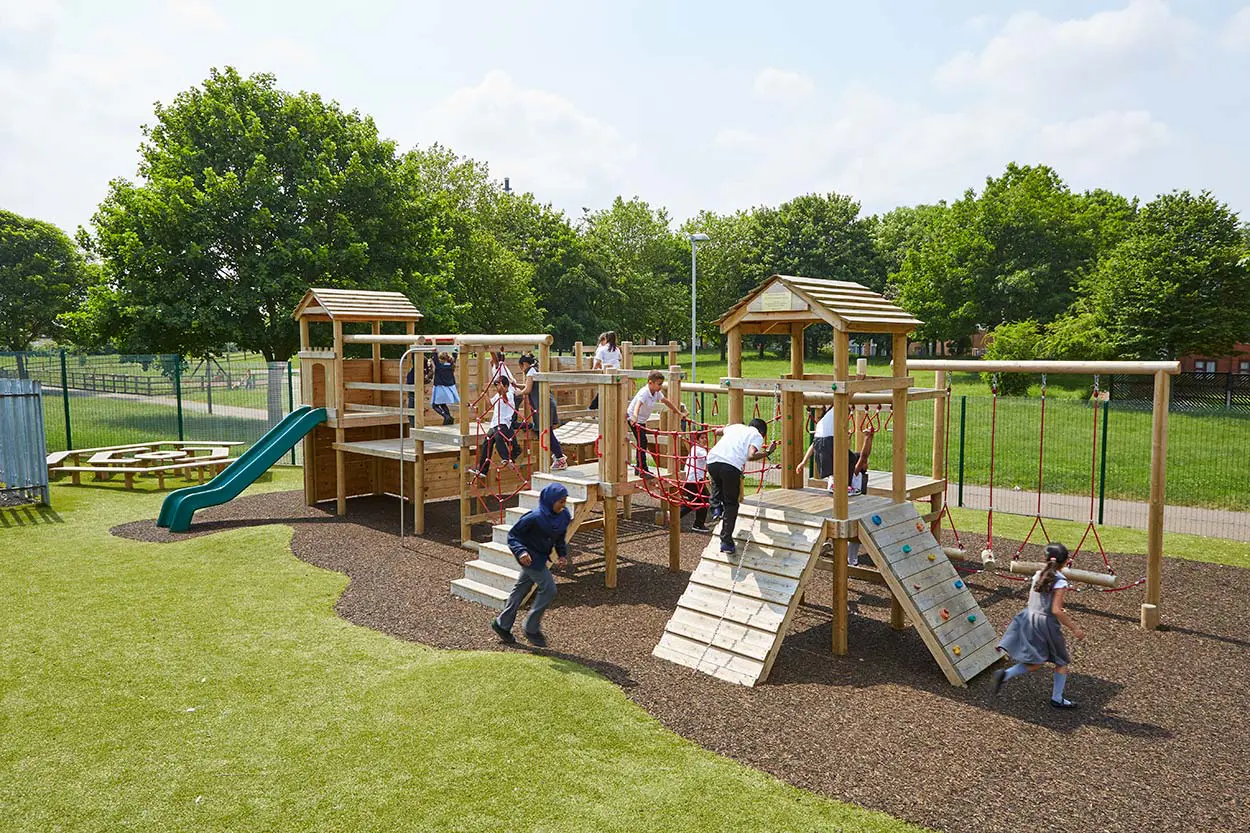
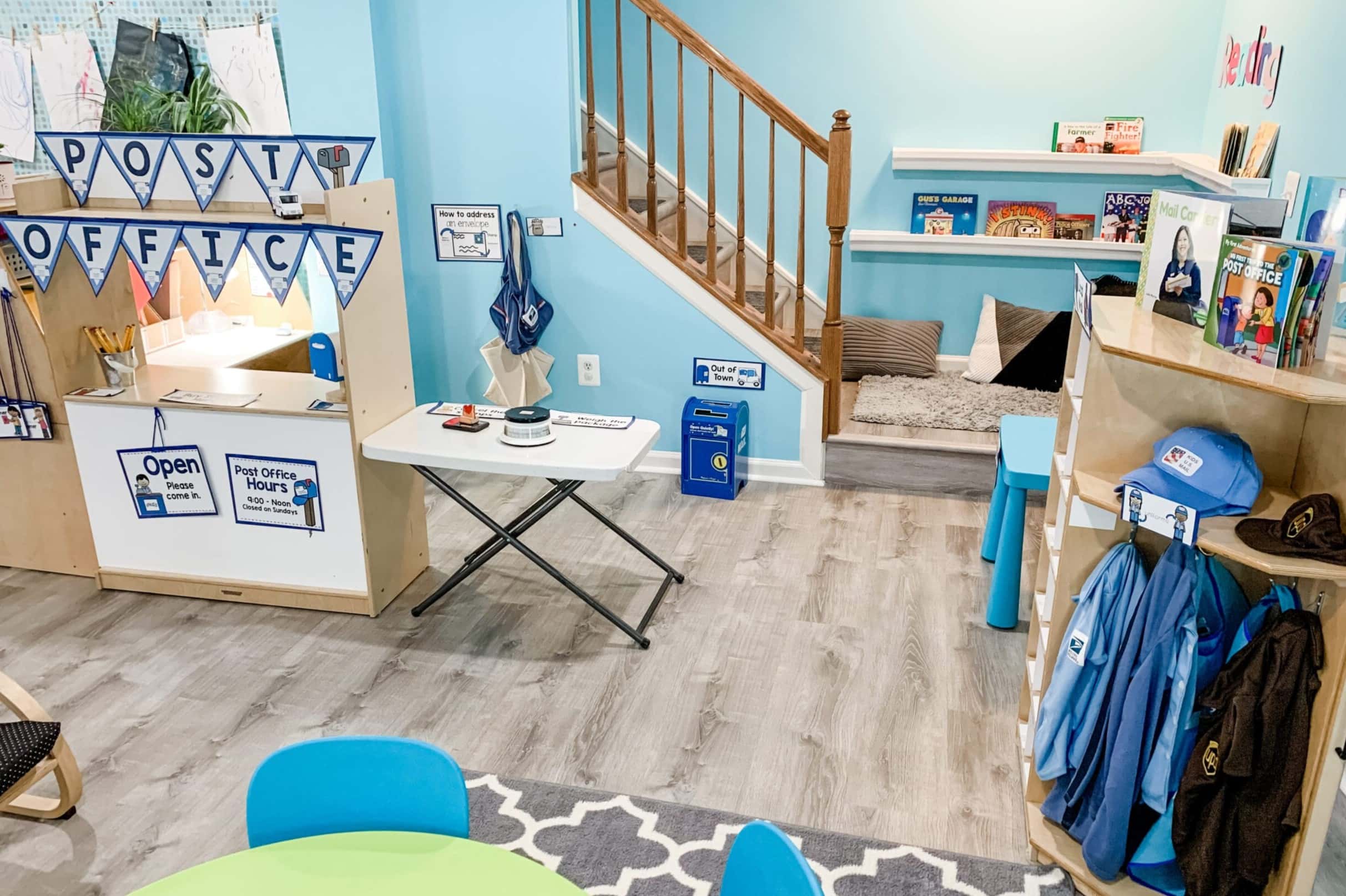
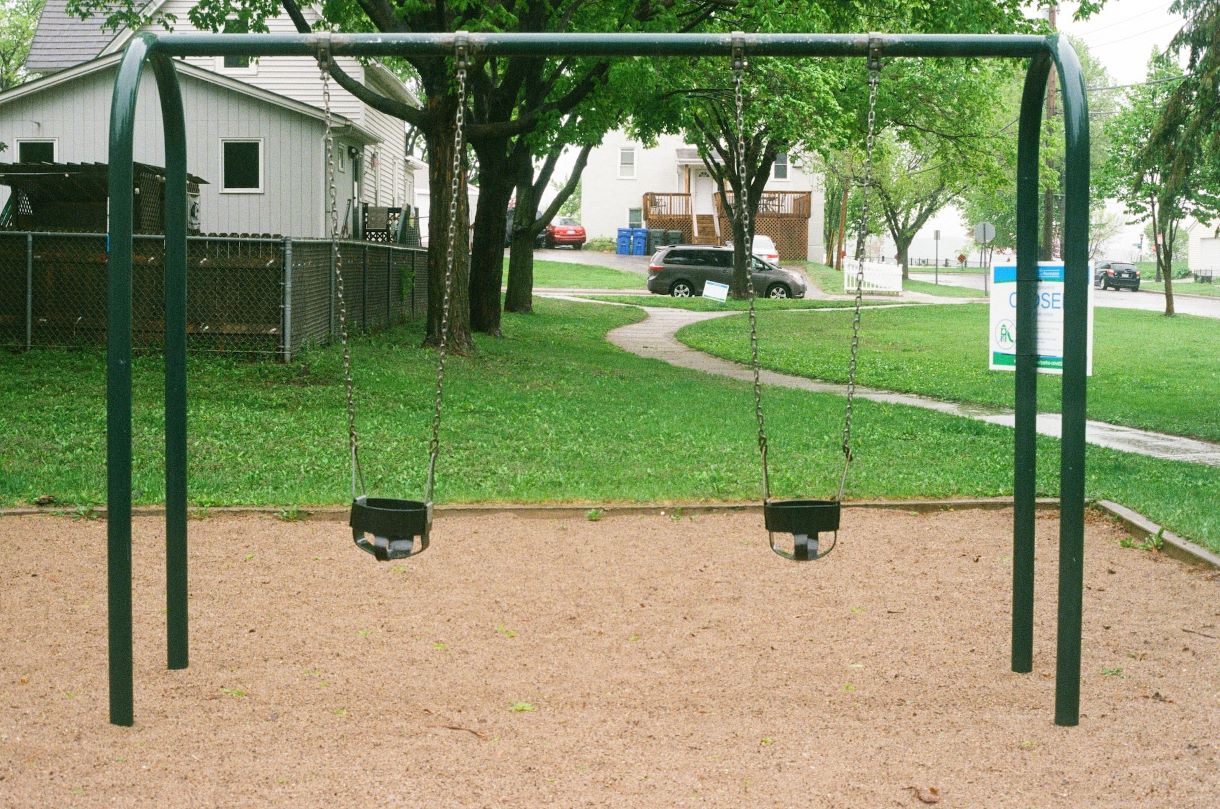
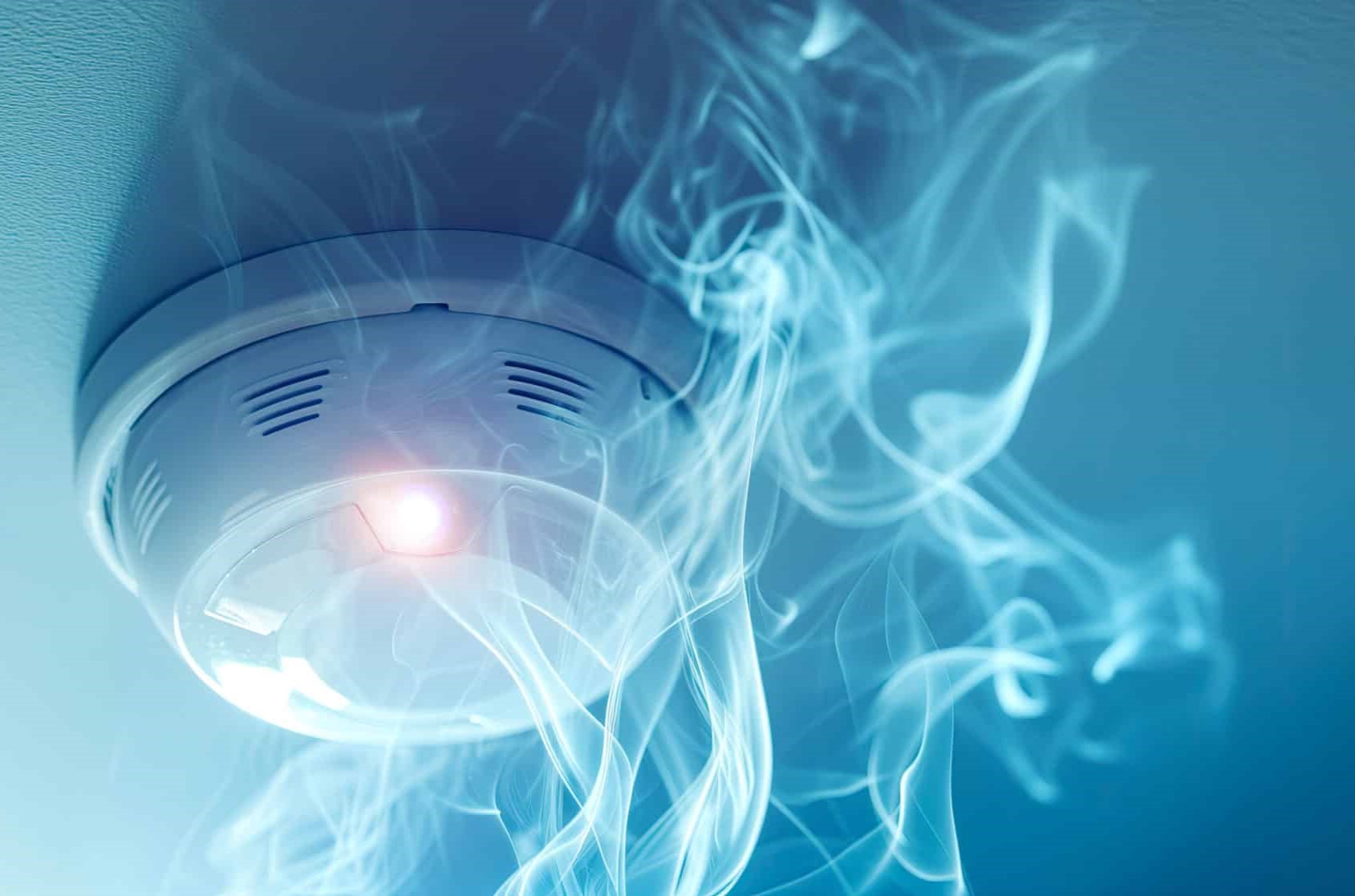
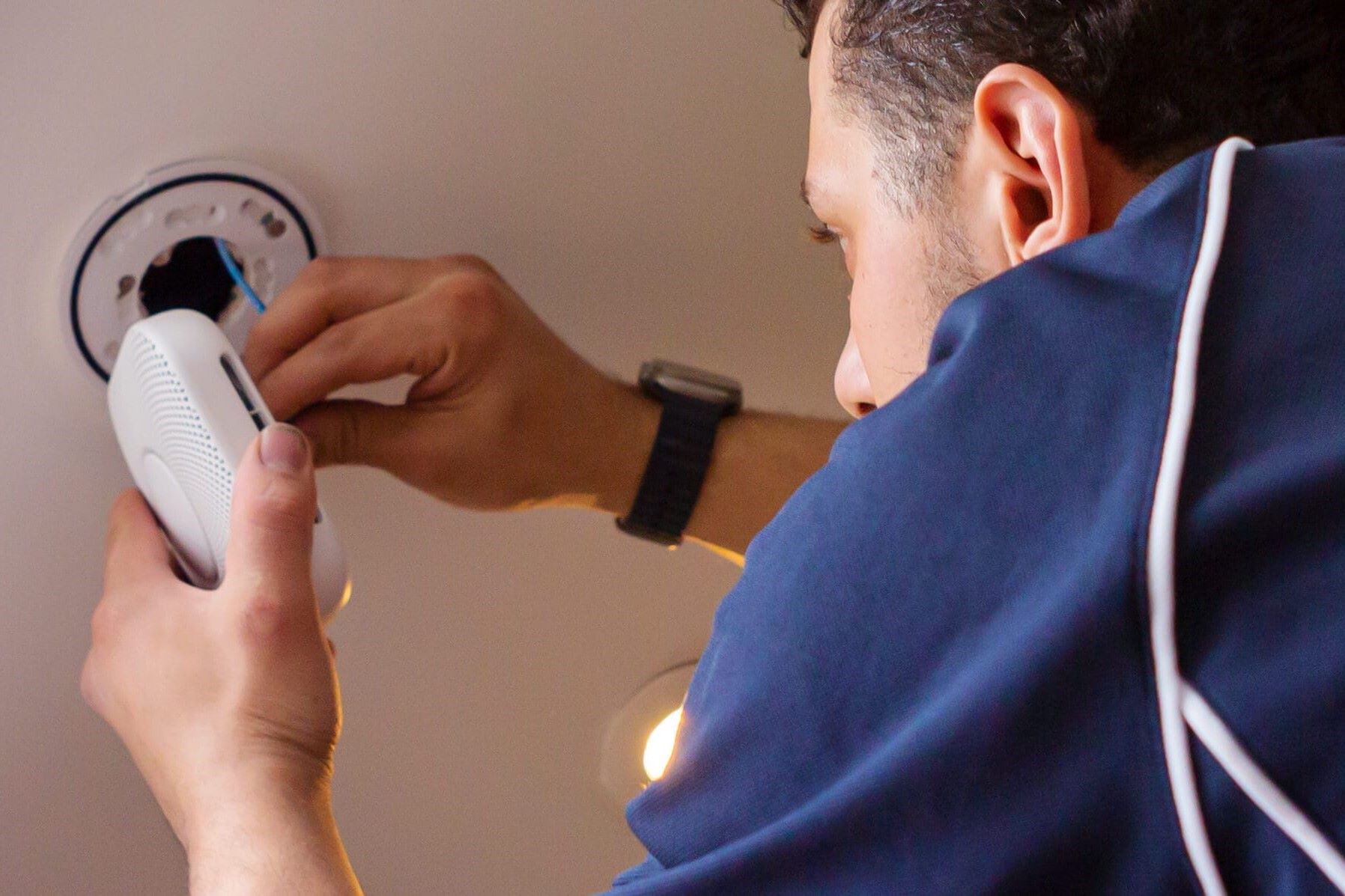

0 thoughts on “How To Build A Play Area To Provide Optimal Safety For Children”